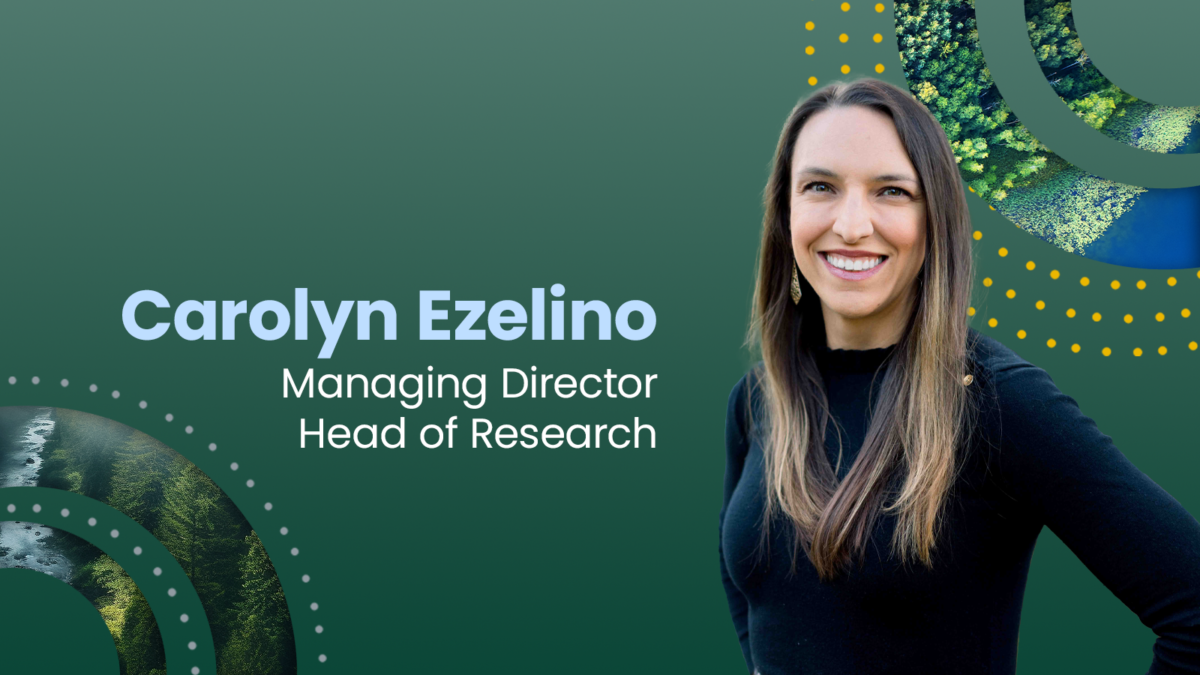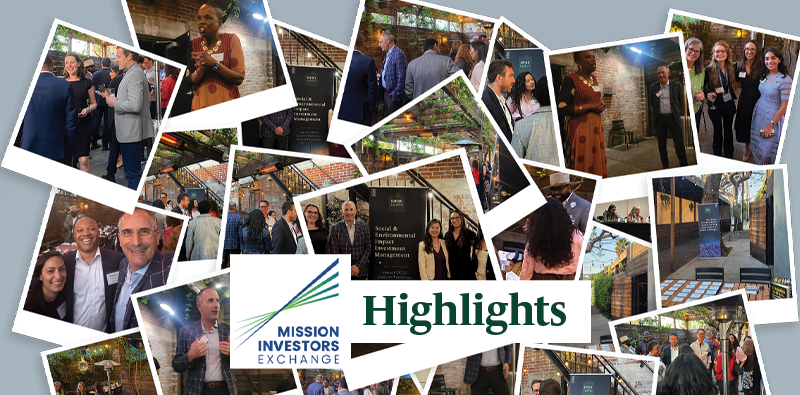San Francisco Business Times, By Chris Rauber
October 31, 2014
The idea of doing good while making a healthy profit is rapidly gaining ground, particularly among wealthy Silicon Valley entrepreneurs but also among foundations and pension funds. Social impact investing — for-profit investing for social good — has crossed into the mainstream and is driving investment decisions.
So far, social impact investing accounts for just 0.03 percent of the more than $150 trillion the world’s wealthy invested last year, or about $46 billion, according to data from Boston Consulting Group and JP Morgan Chase & Co. But it could hit $1 trillion within a few years, say some experts.
Among the signs of growing interest is the recent pledge by the Omidyar Network to invest $100 million in early-stage risk capital over the next three years to address big-picture initiatives, including “financial inclusion,” education, consumer-related Internet opportunities and mobile technology.
The funds will go to specific areas, both in emerging markets and in the United States.
Other groups that made pledges announced through a U.S. advisory board advocating for impact investing were the Case Foundation, created by AOL founder Steve Case and his wife; the MacArthur Foundation and the Ford Foundation.
“We’re at the tip of the iceberg,” said Paula Goldman, senior director of knowledge and advocacy at the Redwood City-based Omidyar Network, a philanthropic investment firm. It was created in 2004 by eBay founder Pierre Omidyar and his wife Pam to allow them to invest in for-profit companies as well as nonprofits. So far, they’ve invested $709 million, including $325 million in for-profit companies and $384 million in grants to nonprofits. The network operates both a limited liability company and a foundation.
Impact investing is at a tipping point similar to the early days of venture capital, Goldman said.
“Foundations have hundreds of billions of dollars sitting in their endowments,” she said. “We think they should be able to think more about what impacts their endowments are having in the world. The same thing with pension funds.”
The Skoll Foundation, for example, has invested $2.5 million in Root Capital to provide loans for farmers growing sustainable crops “in or near environmentally sensitive regions,” officials say, while Oakland’s California HealthCare Foundation started a $10 million fund in 2010 to invest in for-profits and nonprofits that help the underserved. Examples include Palo Alto’s Direct Dermatology and San Francisco’s iRhythm Technologies and Propeller Health.
To grow impact investing, however, requires substantial changes in law and attitudes. Removing regulatory barriers, increasing the efficiency of government programs and providing financial incentives for more private sector investments are among the steps required, according to recent studies.
The Social Impact Investment Taskforce, created by the G7 governments, issued a report recommending such changes in September.
One example, according to Goldman, is changing the rules governing fiduciary responsibilities of pension funds and foundations, so they can take environmental and social risks into account when evaluating long-term performance.
Impact investing is already gaining plenty of adherents in the for-profit world.
There’s “tremendous interest in general from high net worth individuals in Silicon Valley and beyond, especially those in the millennial generation,” Goldman said. “Impact investing is one of those tide changes” that will grow as trillions of dollars in assets are transferred from older generations to their children in coming decades.
Proponents say philanthropy alone doesn’t have the financial heft to solve many of the most intractable problems. Many of those supporters are local.
“The Bay Area has been the epicenter of growth and development of this industry,” said Raul Pomares, founder of San Francisco-based Sonen Capital, a three-year-old investment management firm for investors who want to create social and environmental change. It has $300 million in assets under management.
“At a minimum, we face less headwind” than previously, Pomares said, “and we’ve got very favorable momentum.”
That’s largely due to upcoming intergenerational transfers of wealth to millennials who want to change the world, he said, and the growing recognition that “many grand challenges are not going to be met by either philanthropy or government.”


